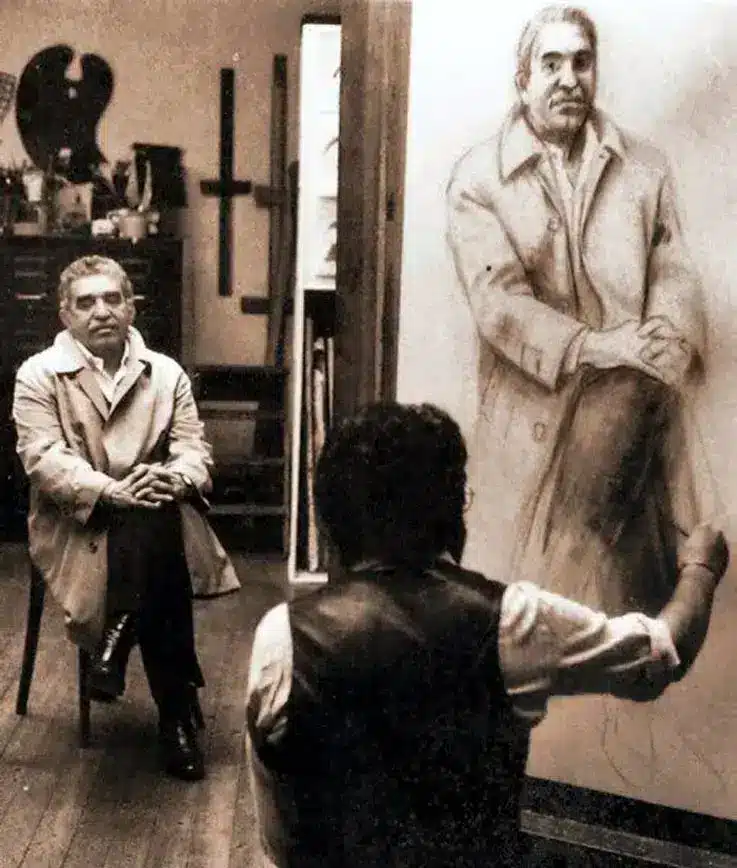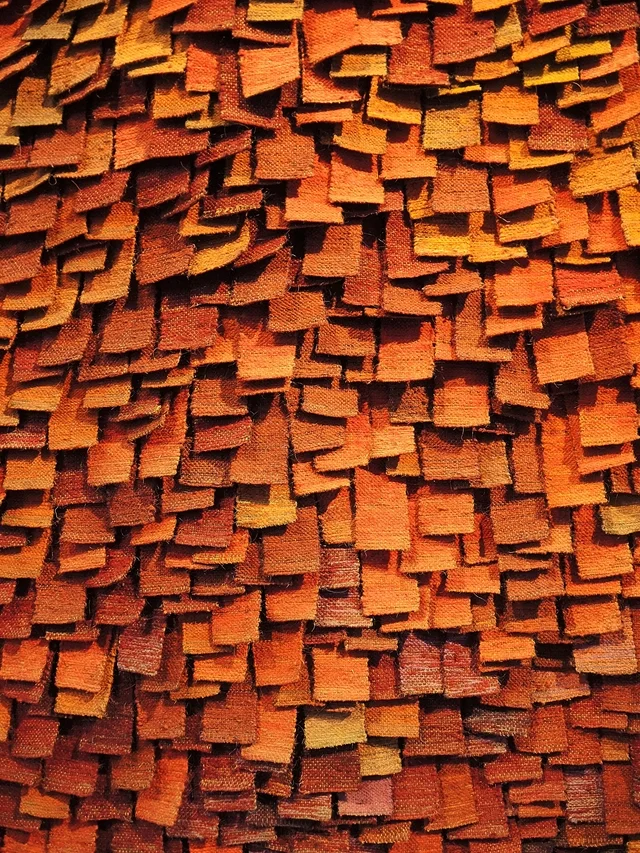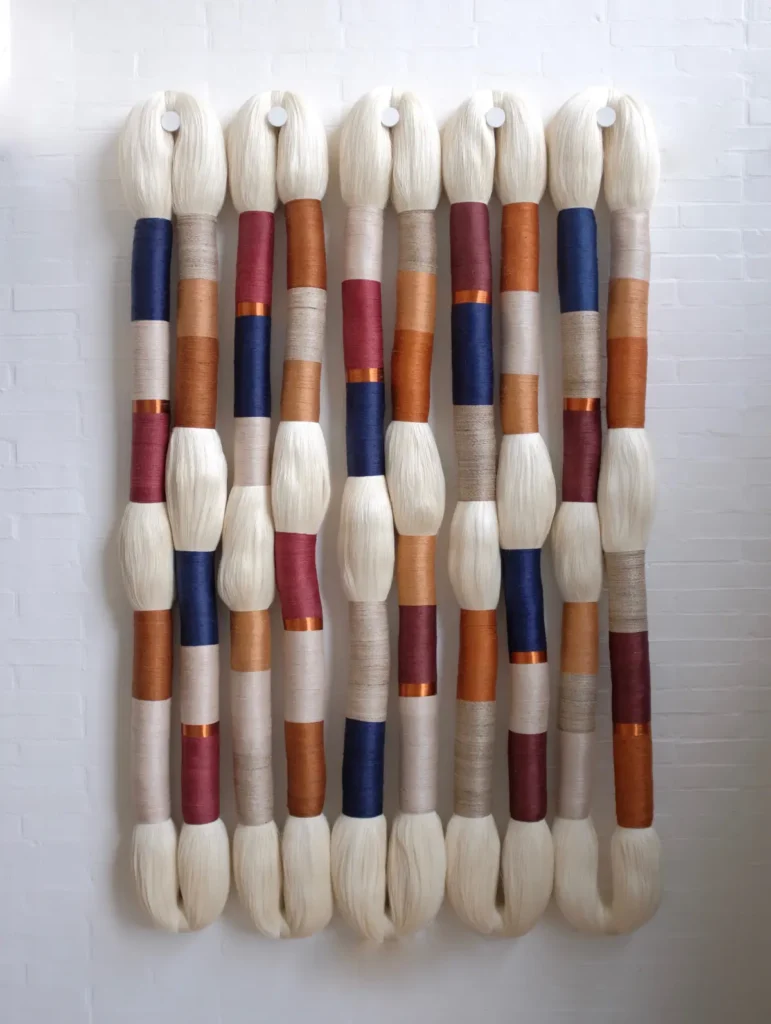Darío Morales was born in 1944 in Cartagena. He is considered one of Colombia’s most important artists of the 20th century for his unique and realistic work, which is characterized by an exploration of the human figure and his way of inhabiting space.
Darío Morales was born in Cartagena on August 6, 1944. He studied from the age of 12 at the School of Fine Arts in Cartagena, at the age of 14 he made his first exhibition with his classmates. In 1962 he entered the School of Fine Arts of the National University of Bogota. In 1968 he had an important individual exhibition at the National Library of Bogota. That same year he married Ana María Villa and traveled to Paris to study engraving at Atelier 17, with S. W. Hayter.
In the 1970s he began to explore the style that would define him: an artistic theatricality that perfectly emulates the body in different places; a representation of how the human figure can evoke emotions in everyday life and how a scene in which apparently nothing extraordinary happens can generate emotions and questions in the viewer.
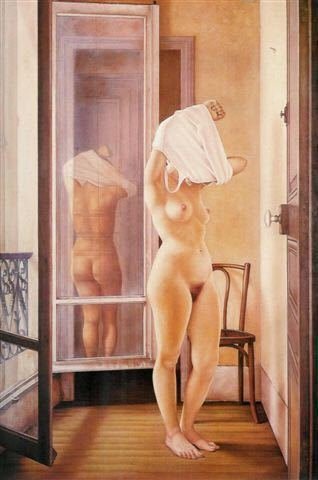
In his works it is common to see imaginary -or not- everyday moments captured.
One of the most outstanding characteristics of Morales’ work is his ability to portray the human figure with great detail and sensitivity. His portraits are very realistic, but also full of emotion and psychology.
His work is also characterized by the way he handled color: in his paintings there is a predominance of bright, saturated colors that result in scenes full of vitality. However, when he wanted to give his work a different mood, darker and more somber tones can be appreciated, reminiscent of sadness and loneliness.
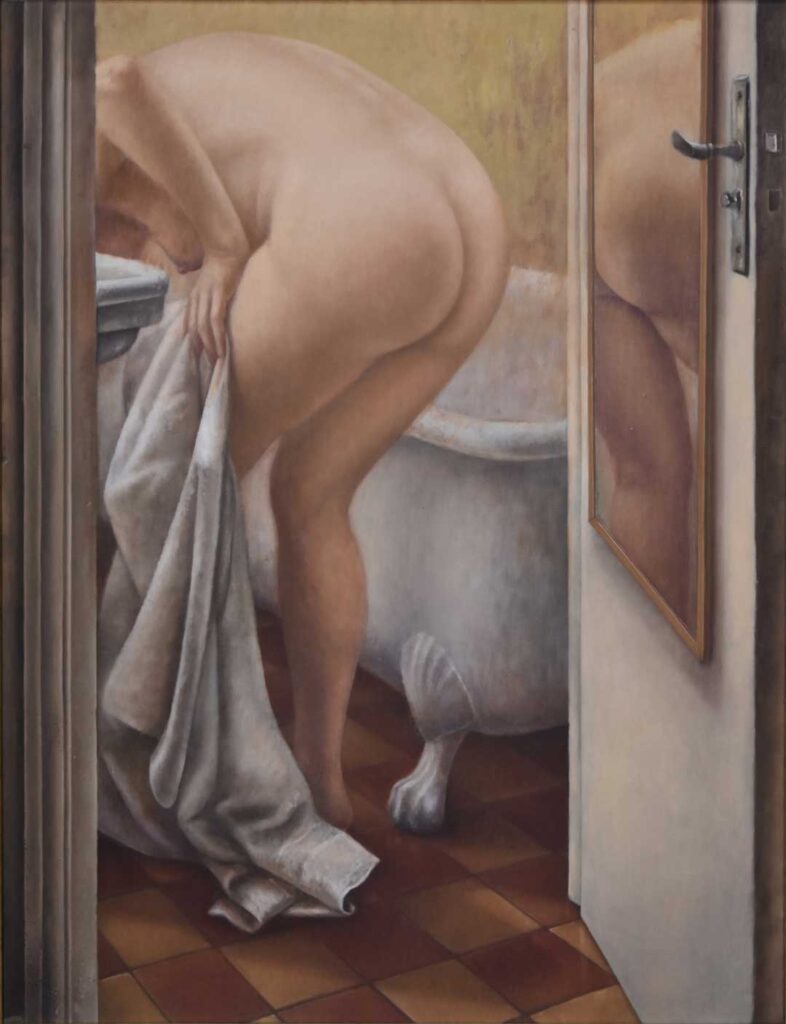
Morales used not to show the faces of the women he portrayed, making the scene seem more intimate and natural.
He allows us to participate in his works through observation and stimulation of the senses. Without leaving many clues, it is easy for us to know what the character is feeling in the scene, without needing to see his face we understand his intentions. Beyond just the character, he gives us a universe that accompanies him that does not leave the everyday, without the need for complex landscapes in stories, he puts us in the place of the work perfectly without generating confusion that those of us who admire it.
Morales repeatedly declared himself intentionally outside the avant-garde currents, because his interest was closer to the masters of the 19th century such as Jean Auguste-Dominique Ingres. Since the late seventies he made bronze sculptures, female nudes in different positions and attitudes, some workshop scenes in which he portrayed himself with the model and, at the end of his life, still lifes in bronze exquisitely patinated from found objects.
When he knew that death was inexorably approaching, the artist forged a series of still lifes. clinging to the volume and skin of the reality that was escaping them at 44 years of age. He planned to have his body cremated and his ashes thrown into the Cartagena sea in front of the gigantic studio he was building in Pedro Romero’s old house on Calle Larga. He was the first artist in Cartagena to decide to rest forever in the infinite waves. He finally died in Paris on March 21, 1988.

